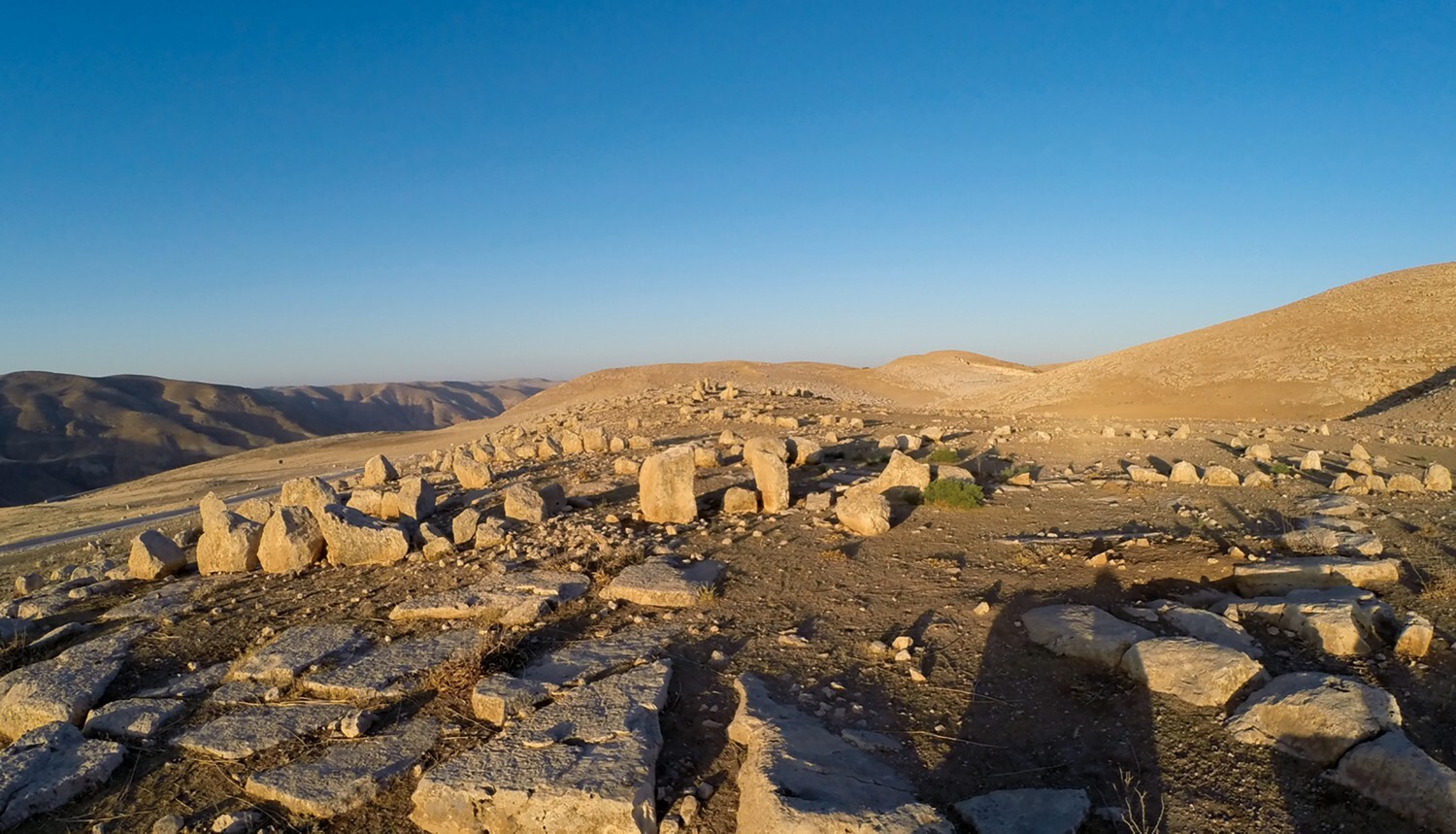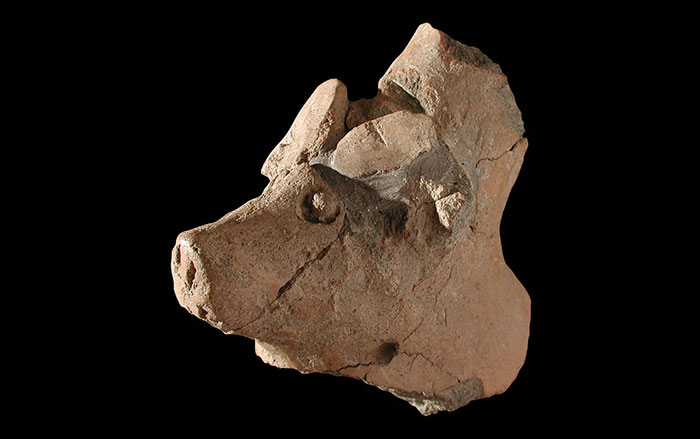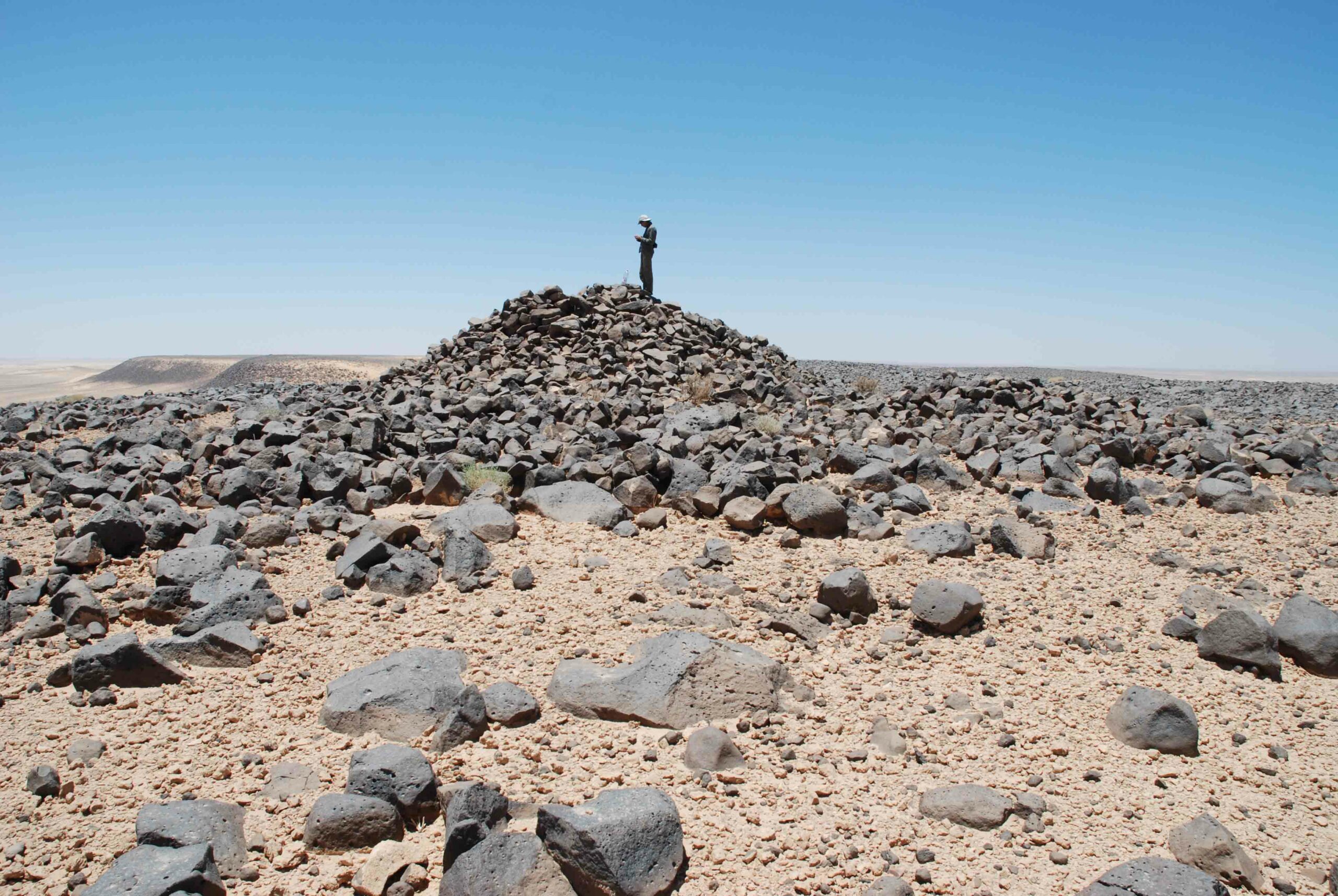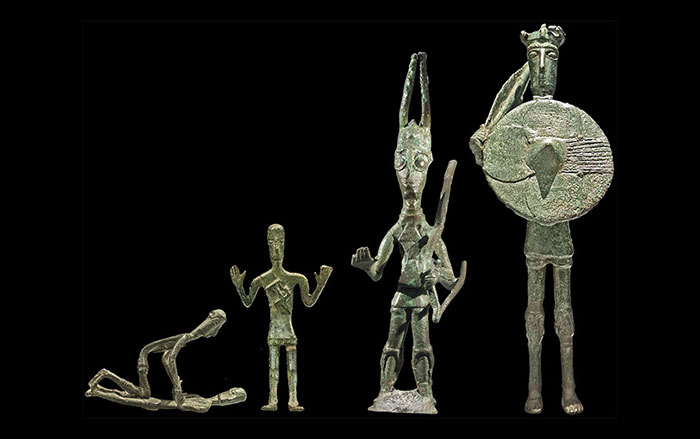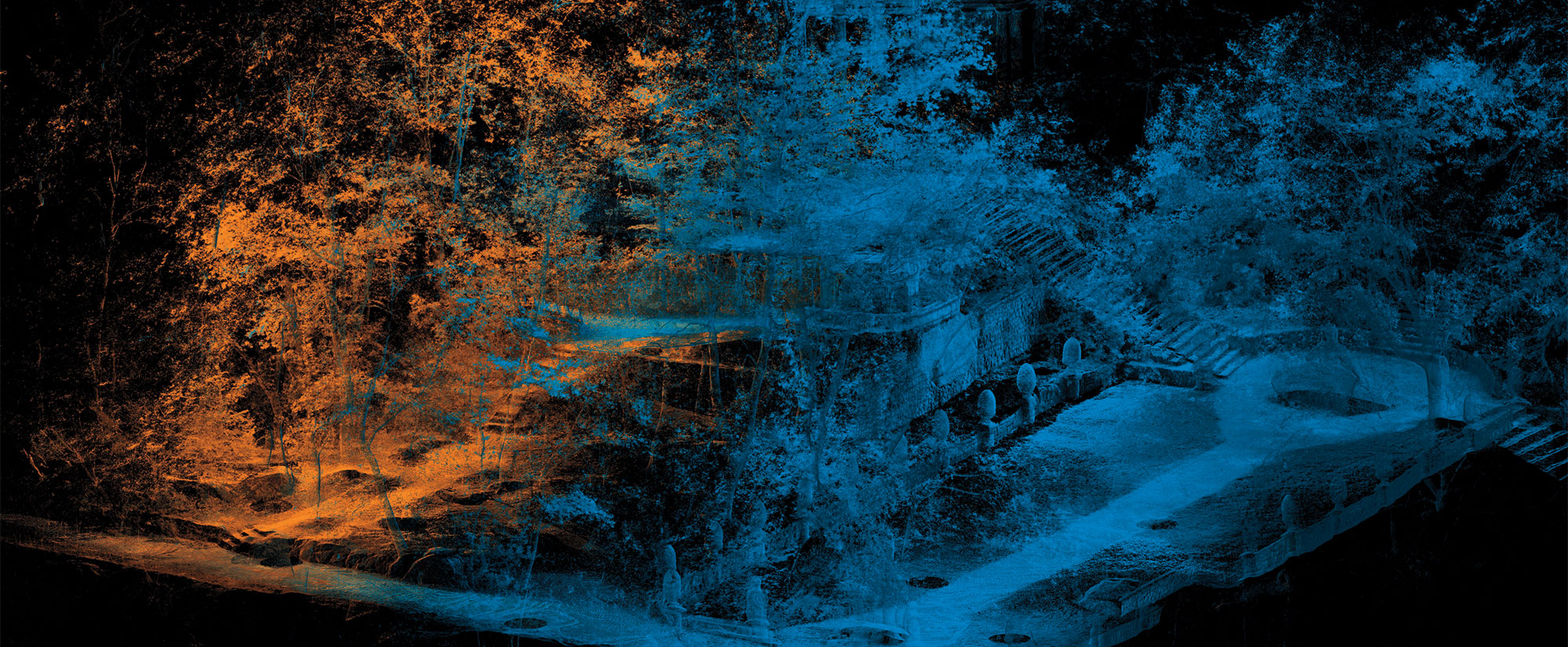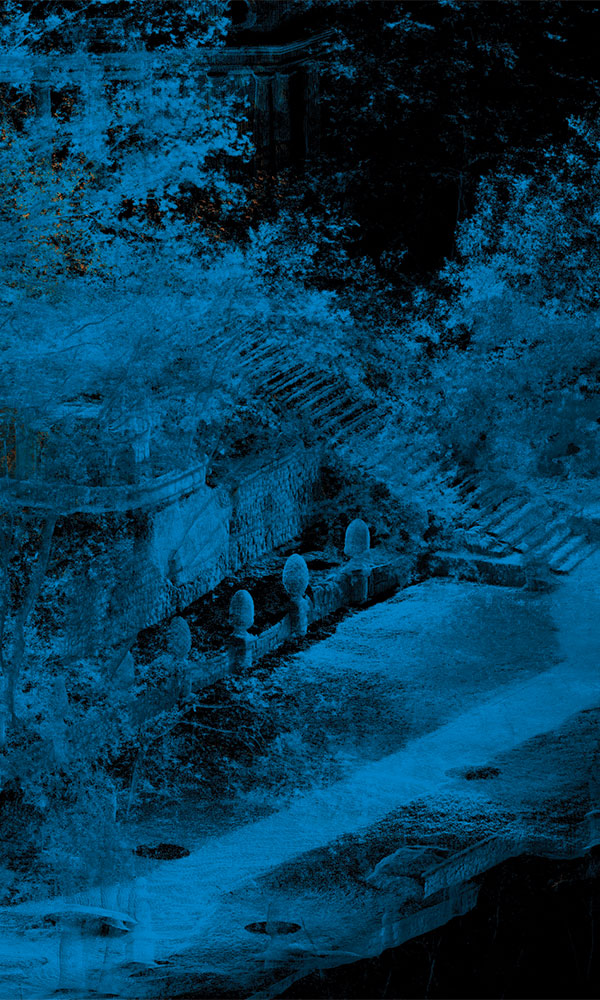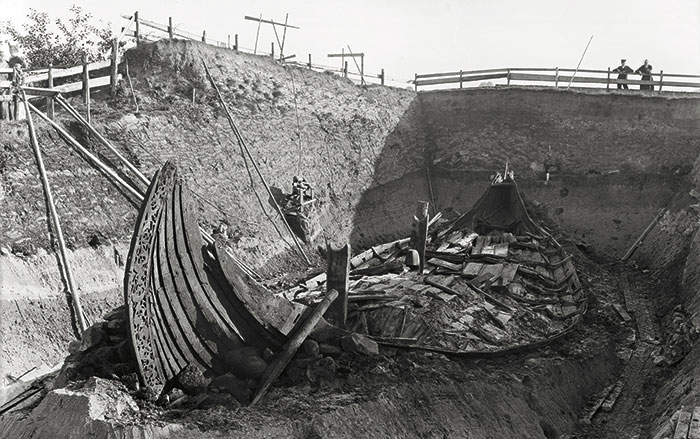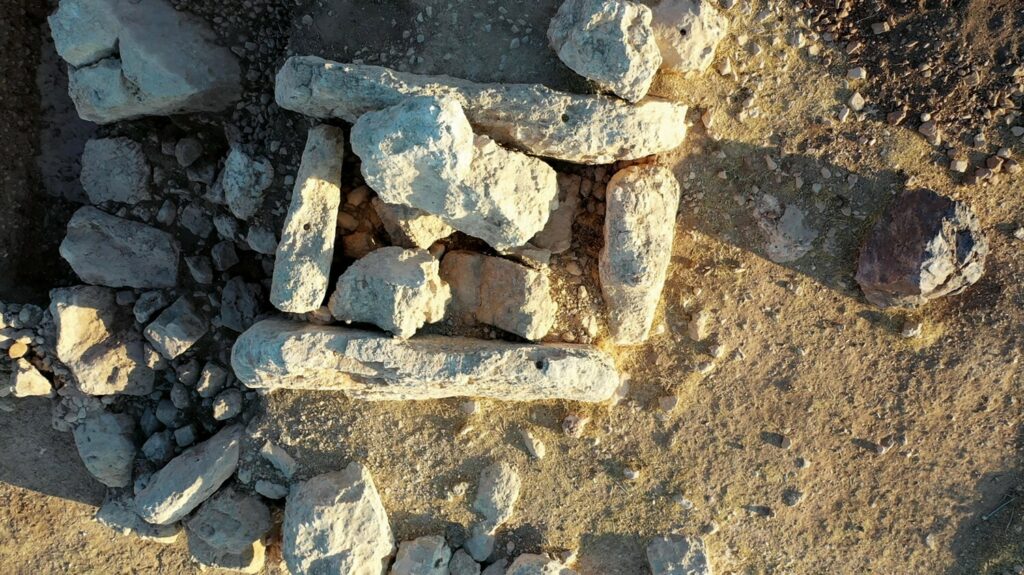
MURAYGHAT, JORDAN—According to a report by La Brújula Verde, archaeologists from the University of Copenhagen uncovered a large 5,000-year-old ceremonial complex in Murayghat, Jordan, that is providing new information about an important transitional period in the region’s human history. The site is unusual in that it does not contain any evidence of hearths or permanent dwellings, but instead consists of a series of solitary standing stones, open-air public enclosures, and at least 95 megalithic tombs known as dolmens. These date to the end of the Copper Age and beginning of the Bronze Age, a period of collapse in which large villages were abandoned, trade declined, and temples disappeared. The researchers suggest that Murayghat may have served as a central gathering place for communities affected by these profound fluctuations. They may have come together for ritual feasts, to honor the dead, and to discuss the best course of action to combat the increasing climatic and social changes. Read the original scholarly article about this research in Levant. To read about a shrine that hunters built 9,000 years ago in southeastern Jordan, go to "Neolithic Hunting Shrine," one of ARCHAEOLOGY's Top 10 Discoveries of 2022.


